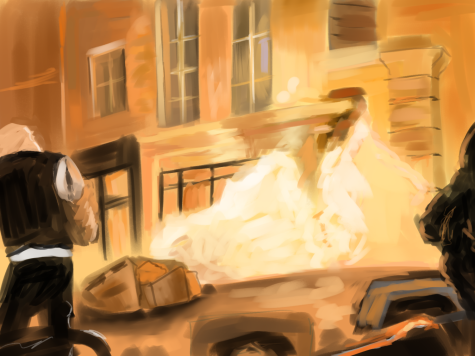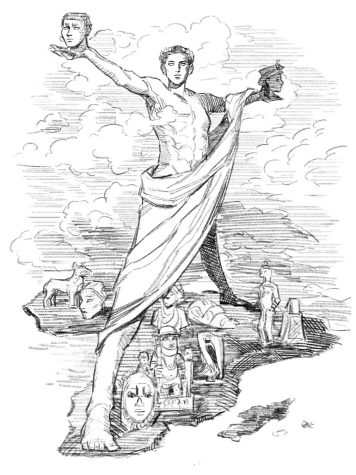Effects of the Government Shutdown
November 11, 2013
After 16 days of tedious negotiations, the government is back in business. On Thursday, October 17th, President Obama signed a bill to reopen the government, narrowly avoiding federal default. Now, America can pay its bills, national parks can open its gates, and furloughed employees can go back to work.
For most Americans, the government shutdown only caused minor setbacks. All the action that played out in Washington did not seem to have much impact on their daily routines. As Oksana Ryjouk ‘14 points out, “Economically, last time we had a shutdown [1995-1996], nothing major happened. It took a couple of weeks for agreement to occur, but it’s not that big of a deal, as long as an agreement is reached before November.” Luckily for us, the shutdown lasted under three weeks and the government was able to develop a budget before the default deadline. However, there are some effects that remain.
So how were Americans impacted by the setbacks? National parks, memorials, and museums had to block eager visitors from entering. Some facilities, such as the Statue of Liberty, were open because they received state government or other sources of funding. Other government agencies had to furlough the majority of their employees unless they were essential or emergency personnel. For instance, the response to the salmonella outbreak in raw chicken, causing illnesses across numerous states, was delayed due to the lower amount of staff since many were furloughed. In addition, the Occupational Safety and Health Administration could not conduct investigations and hospitals could not continue federally funded research. This meant that there were employees who operated dangerous machinery and the search for a cure for many different diseases was delayed.
Most importantly, America suffered economically because of the shutdown. It is estimated that America lost about $3.1 billion in gross domestic product due to the closing of government services and agencies. In addition, the government will have to pay back around 800,000 workers who were sent home since Congress passed a bill that promised back pay for those who were furloughed. Not to mention, the state governments that helped fund national parks are looking for reimbursement for their “temporary loan”. They will have to wait and see if Congress is willing to approve that extra payment.
Although Congress has scraped up a temporary agreement for reopening the government, it will have to come up with a better solution before another potential stalemate. The funding ends in January 2014 and the debt lift expires in February 2014, only a few months away. At this point, the government will have to move forward and try its best to form a new budget for next year.


